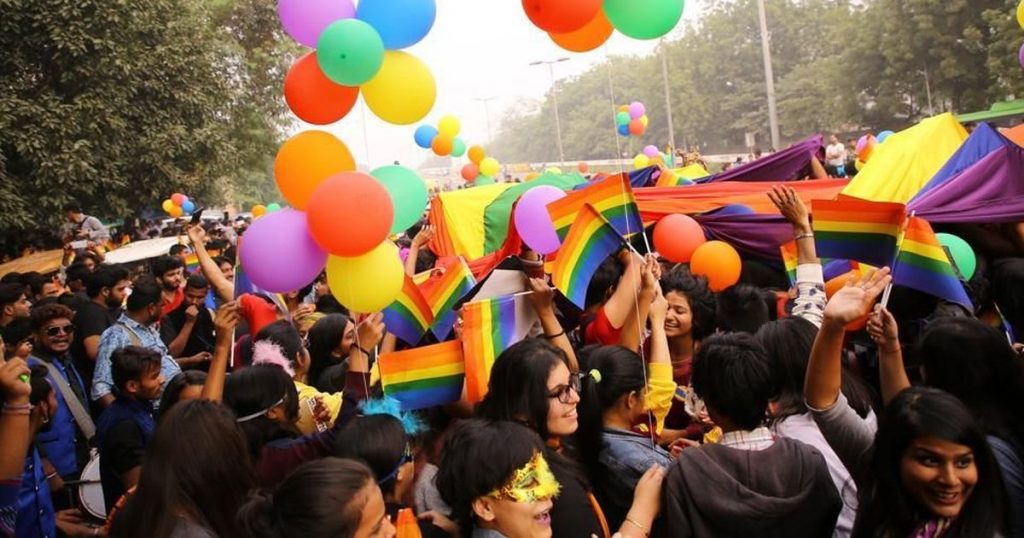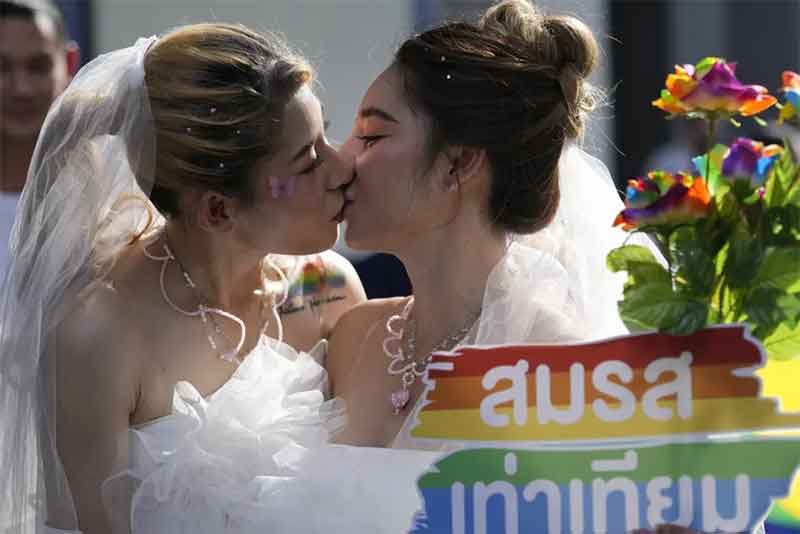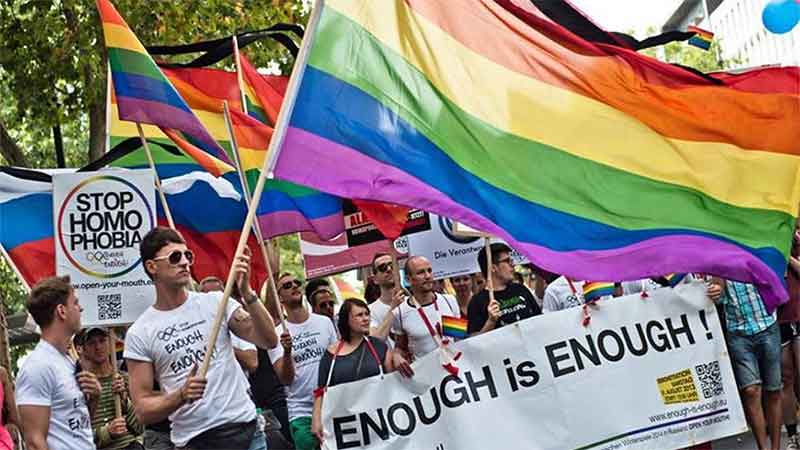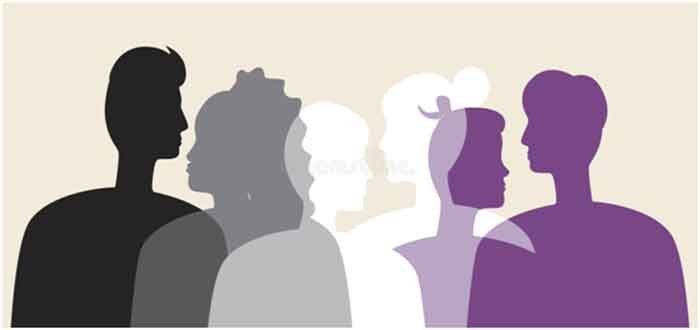
Understanding what has commonly been viewed as dysfunctional or repressed sexuality is now coming to light, at least among youth. As per the Asexual Visibility and Education Network (AVEN), an Asexual is a person who does not experience sexual attraction, and Asexuality is the lack of sexual attraction to others or low or absent interest in or desire for sexual activity. It may be considered a sexual orientation or the lack thereof. It may also be categorised more widely to include a broad spectrum of asexual sub-identities.
Attention to human asexuality came mainly from the medical and psychological discourse, which was, in the beginning, marked as “inhibited sexual desire”, “hypoactive sexual desire disorder”, etc., in the 1980s. There is a marked difference between those who experience a decrease in libido and those who do not experience sexual desire. Our primary focus is on the latter group, locating asexuality as a viable sexual and social identity. Anthony F. Bogaert, in his 2004 article, endorsed that approximately 1% of the population is asexual. However, a recent 2019 Williams Institute survey identified an estimated 1.7% of sexual minorities as asexual adults. The study also found that asexuals are more likely to be women or gender non-binary, assigned female at birth, and younger than non-asexual lesbians, gay men, and bisexual adults.
People often confuse asexuality with celibacy or impotence. AVEN repeatedly opposes that celibacy and asexuality are not the same. They claim that celibacy is a choice to abstain from sexual activity. But asexuality is not a choice but a sexual orientation describing people who don’t experience sexual attraction. The main problem of the mass is that they don’t believe that any category of LGBTQIA+ is natural. The irony is that they stick hard with the term ‘natural’ when people live in an artificial house and travel in manufactured automobiles. If we look close enough, there are more artificial things created from the brilliance of the human mind than natural objects in this world. But they’re not ready to accept something out of the ordinary for human reason. Having a transgender person or a different sexual orientation is nothing new. This is also natural as far as medicine and psychology are concerned. As per Michel Foucault, sexuality is a socially constructed norm where heterosexual relationships are considered normal.
The importance of this article is because nowadays, with the help of the internet and other media, queer identities like gay, lesbian, and transgender are getting recognised and accepted by most people and the government. In contrast, asexuality is ignored or considered as a hard-to-believe concept. Both homosexual and heterosexual communities thought of asexuals as not only cold but also animalistic and unrestrained. Asexual activist, author, and blogger Julie Decker has observed that sexual harassment and violence, such as corrective rape, commonly victimise the asexual community. Sociologist Mark Carrigan sees a middle ground, arguing that while asexuals often experience discrimination, it is not phobic but “more about marginalisation because people genuinely don’t understand asexuality.”
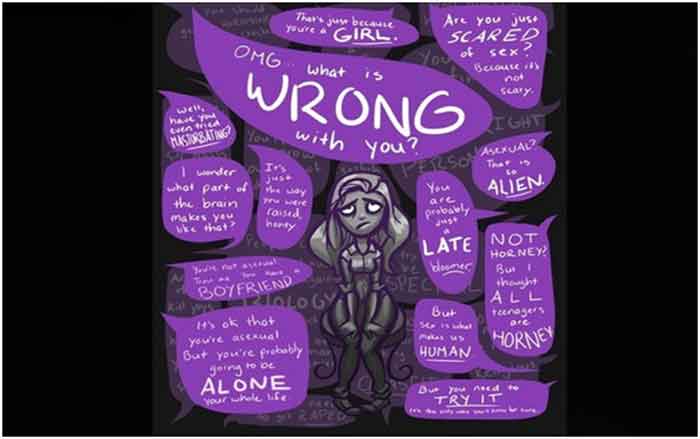
The general reaction of people towards asexual is like: “It can’t be real as it goes against evolution.” or “You’ll be ok when you find the right person.” One among the asexual symbols, the dragon symbol, partially came about from jokes that no one thinks asexuals exist. The counter is basically, “Well, no one thinks dragons exist either, so we get the dragons. The typical attitude towards the ace community when they reveal their identity to the public is: “Sounds fake. But ok.” Which will make them hard to come out and forever suppress themselves as a closeted identity. Talking this cliché dialogue to the next level, a weekly comedy podcast that focuses on asexuality and aromanticism, hosted by the University of Michigan and was honoured with the 2020 Discover Pods Award for “Best LGBTQ+ Culture Podcast.”
Hesitance in intimacy is often shown as laughable or shameful by the media. Overall, the messaging around sexuality in media has long told us that firstly, there’s always an explanation for why a character does not want intimacy- they’re lying, shy, impotent, insecure, or anything other than simply uninterested. And secondly, lack of experience is a funny pathology that can and should be “fixed.”
The asexuality of characters is erased from the media by either ignoring their existence or shipping them with other characters. Sherlock Holmes, too, in the original work, is an asexual. But later in the adaptations and live actions, he’s portrayed as a romantic. Another example is Sheldon Cooper from the Big Bang Theory, where he was initially described as an asexual. Still, in the latter series, he turned out to be in a relationship for the satisfaction of the fans. Asexual and aromantic characters like Elsa from Frozen, Sherlock Holmes, Sheldon Cooper from The Big Bang Theory, and Lord Varys from The Game of Thrones remind us that self-actualisation is possible beyond romance. They demonstrate how work and friendship can provide a great sense of fulfilment and meaning. Some of the characters are portrayed as “married to job” types. They’re often creative geniuses and passionate about their work. Being asexual doesn’t mean not wanting love. Some asexual people want to be in a romantic relationship. Like most human beings, they want to connect with people deeply and meaningfully. Also, some asexuals don’t seek a relationship- they’re called aromantics. as the saying goes, ‘all asexuals are not aromantics, but all aromantics are asexual.’
Now, coming to the regional context, where family is the base of the whole existence, anything out of the norms is taboo. Marrying off their children is the no.1 priority of most parents. When we welcome the cuisine, fashion, business ideas, films and literature to our culture from the west, it should also be applicable to ideas and concepts in life. In a social context like this, it is hard to accept that one’s child is not getting married and cannot give them grandchildren. Will this change the fact that the love and care they provided until now will stop? Sadly, some families disown them. Think about the possibility of forcing marriage on an asexual person? Their failed marriage will cause stress and often becomes domestic violence and marital rape. Many women among us are married off as it is a duty to be fulfilled and are experiencing abuse and depression. It is like someone forcing you to eat a food item you don’t like, saying it is healthy and everyone around you eats it.
This article should be an eye-opener. Asexuality is not something that emerged as a part of the post-modernist idea. It is a human condition of the mind which has existed as long as humans come into being. It is just that, until now, we mark them under some known medical terms. Asexual people are around us. They’re scared to come out because of the heterosexual biased society and are ignorant about their feelings and existence. International Asexuality Day (IAD) is an annual celebration of the asexuality community that takes place on 6 April. The first International Asexuality Day was celebrated in 2021. It involved asexuality organisations from at least 26 countries. Its activities included virtual meetups, online and offline advocacy programs, and sharing stories in various art forms. Ace Week (formerly Asexual Awareness Week) occurs on the whole last week in October. It is an awareness period created to celebrate and bring awareness to asexuality (including grey asexuality), founded by Sara Beth Brooks in 2010.
Asexuality is an emerging identity of this era. There are many people who struggle with mixed up feelings and signs, which could result in existential and identity crises or even depression and lesser social involvement. So, it is essential to solve this mental crisis. It is always better to stay loyal to yourself than to live in a façade made by society. Everyone has different appearances, intellects, and behaviours. Therefore, it is natural that sexuality is also diverse. It’s perfectly normal. Accepting who you are is of utmost importance.
Aadya Sain is a postgraduate student from the Institute of English, Kerala University, Palayam, Trivandrum.


